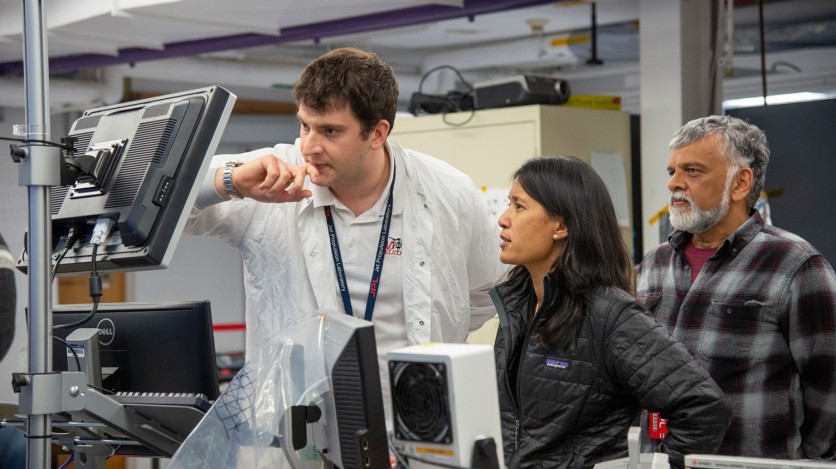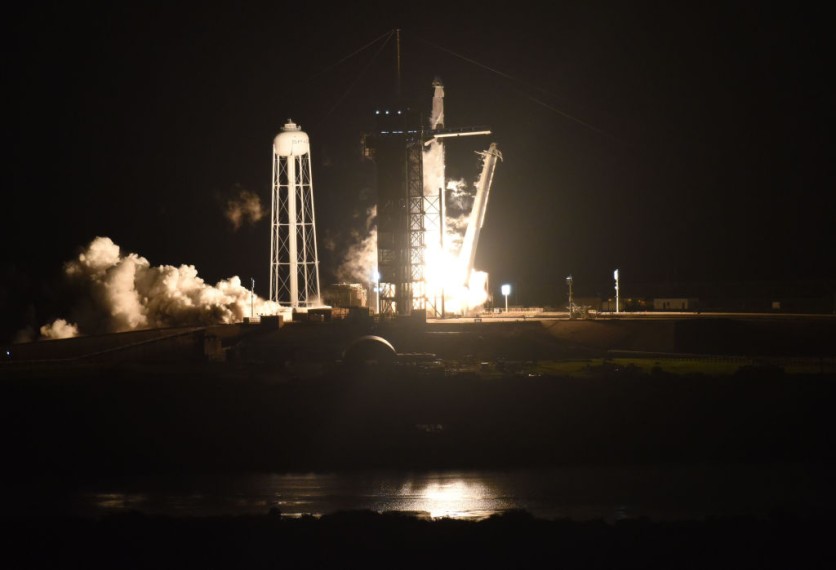

SpaceX and NASA had signed a joint agreement on Thursday, March 18, to share information and ensure neither agency's spacecraft would collide with each other.
The special agreement, which exists under the Space Act mandate, is designed to make sure the two give each other notice of upcoming launches and trajectories to maintain safety in space.
"Society depends on space-based capabilities for global communications, navigation, weather forecasting, and much more," Steve Jurczyk, acting NASA Administrator, said in the press release.
Jurczyk added that due to the increasing number of satellites launched by commercial companies, it is imperative to increase communications among agencies to exchange information and create a best practice blueprint to maintain a safe space environment.
The Space Act Agreement
The agreement outlines a set of protocols to make sure that the communication and information sharing between NASA and SpaceX will exceed what has typically been expected.
It also tasked SpaceX's Starlink satellites to autonomously or manually adjust their course should they find NASA's science satellites and other devices. along their path
Should there be possible conjunction - when two objects are in close proximity - NASA agreed to keep its assets in place to avoid accidentally creating a collision.
SpaceX also needs to plan Starlink launches to make sure they're at minimum either 5 km above or below the highest and lowest points of the International Space Station's orbit while it orbits the Earth.
The company is also required to share its own analysis of the effectiveness of its satellite dimming techniques so that NASA can make necessary adjustments to its own guidance on the subject accordingly.
In turn, NASA must inform SpaceX of detailed and accurate information about its planned missions in advance,
This would allow Starlink's automated avoidance measures to be properly programmed whenever a mission is happening where NASA assets might cross paths with the constellation.
NASA is also required to work directly with SpaceX to improve its ability to assess and avoid any incidents and provide technical support on how SpaceX could improve in mitigating "photometric brightness," or the reflectivity of its Starlink spacecraft.
What to Expect From Here on?
Tech Crunch concluded that the agreement suggests that NASA expects SpaceX to be an ideal low-Earth partner and citizen.
NASA also seems to be putting a lot of responsibility and trust in SpaceX's hands and probably looking forward to utilizing Starlink's built-in autonomous capabilities to help avoid any real danger that might arise.
The agreement also seemed to be structured to open the possibility that it can be repurposed for other constellation operators.
NASA and the Department of Defence had proactively managed collision risks and potential impacts in the past.
In an effort to improve global awareness of space activity, NASA released the "Spacecraft Conjunction Assessment and Collision Avoidance Best Practices Handbook" in December 2020.
The handbook also shares the lessons NASA learned with respect to close approach coordination and mitigation.
Related Article: Elon Musk SpaceX SN10 Starship Aims to Land with 'Pull Up Method'; How and When to Watch
This article is written by Lee Mercado
ⓒ 2025 TECHTIMES.com All rights reserved. Do not reproduce without permission.




